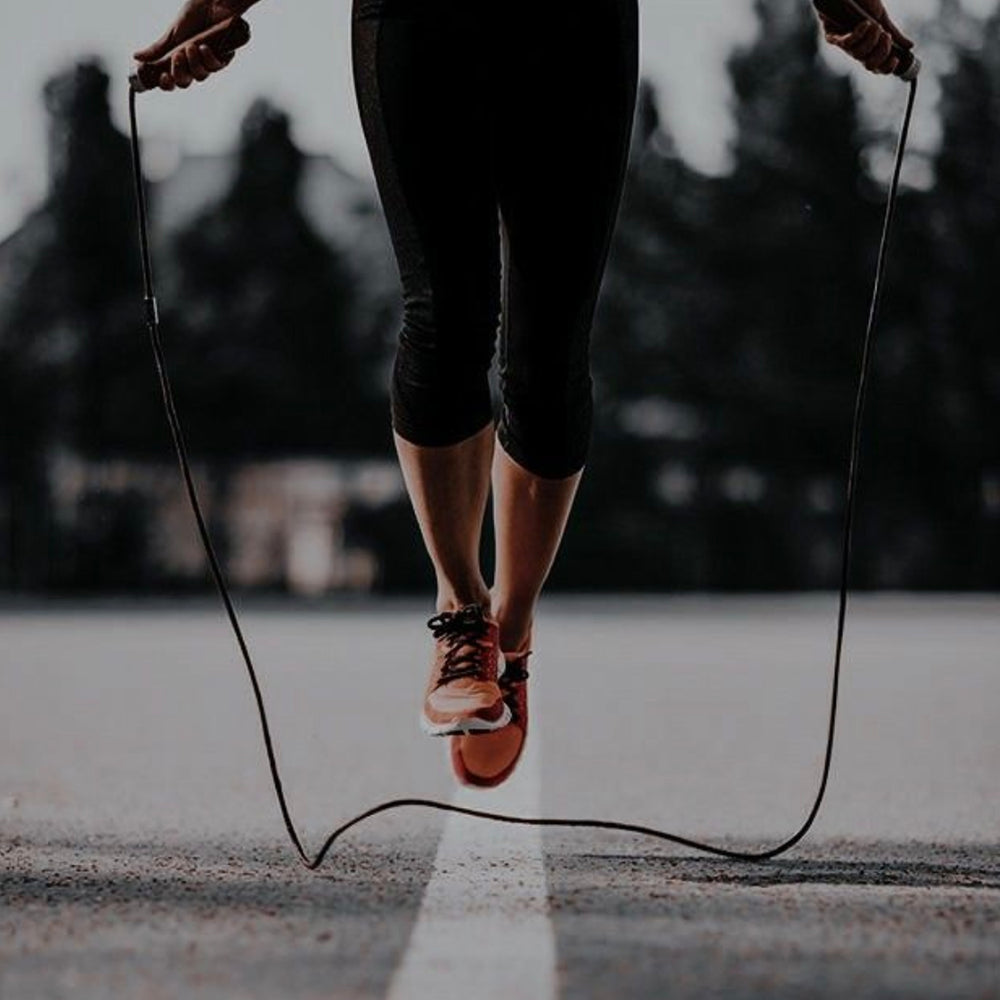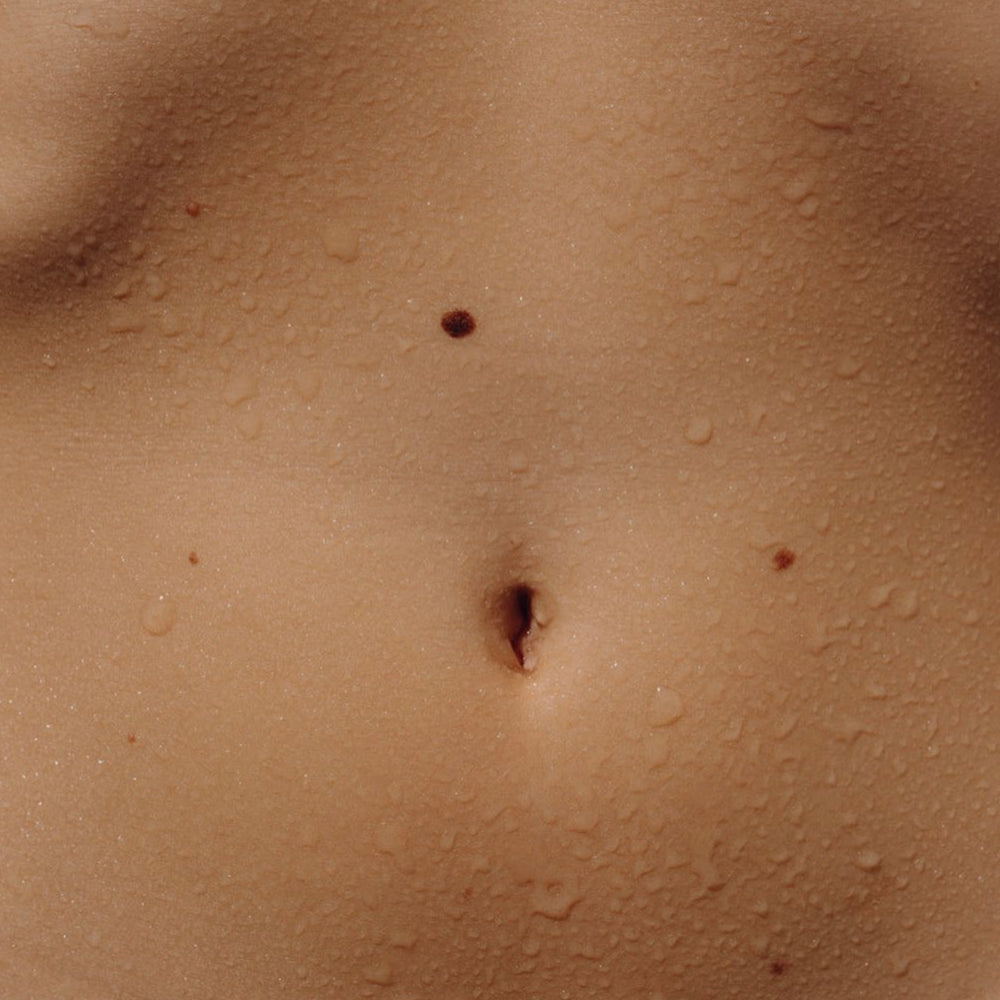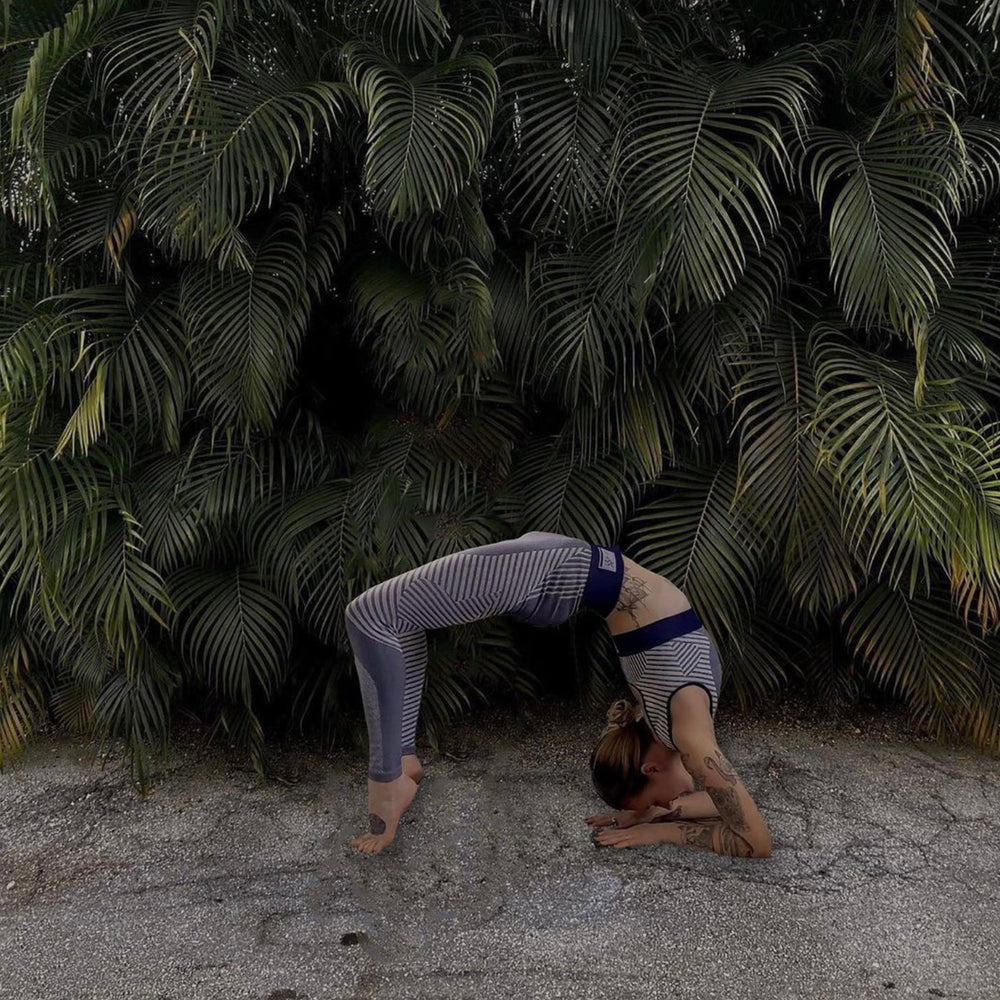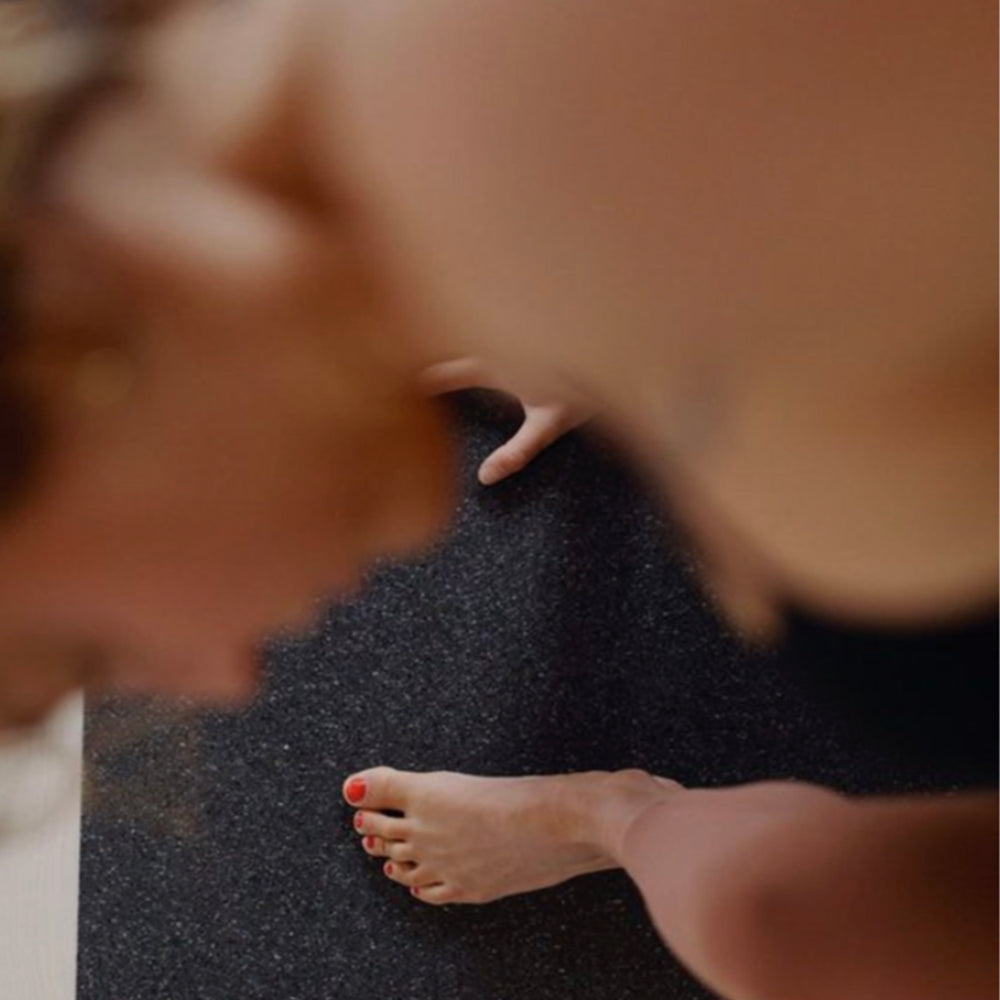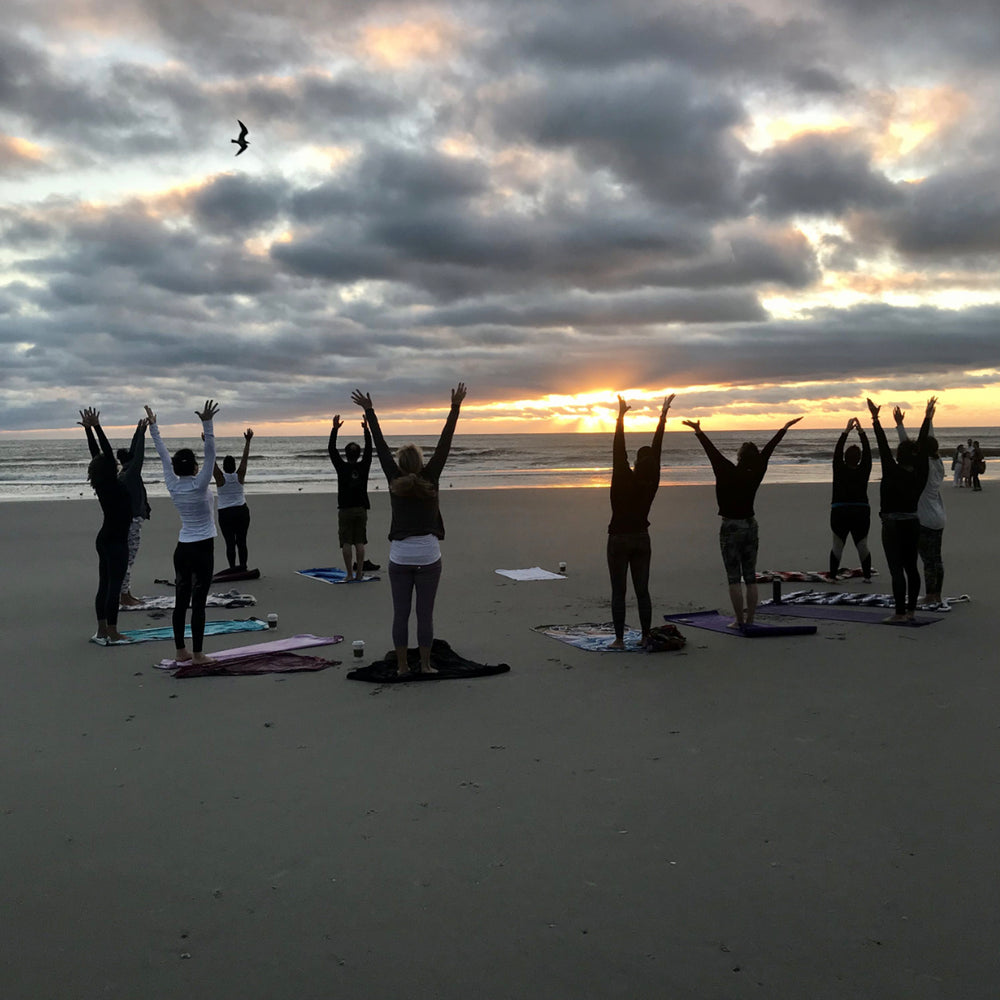
Stress has become a ubiquitous challenge, impacting mental and physical health. Yoga, with its holistic approach to well-being, offers a sanctuary for those seeking stress relief. Through a combination of physical postures, controlled breathing, and meditation, yoga provides a powerful tool for calming the mind and easing the body. This article explores top yoga poses that are particularly effective for stress relief, guiding you through a tranquil journey to soothe your stress.
The Impact of Stress on Health
Stress, particularly when chronic, can lead to a range of health issues, including anxiety, depression, insomnia, heart disease, and a weakened immune system. The body's stress response, often referred to as "fight or flight," results in the release of cortisol and adrenaline, hormones that, in excess, can be detrimental to health.
Yoga: A Holistic Approach to Stress Relief
Yoga addresses stress relief on multiple levels. Physically, it releases tension held in the body, especially in areas like the neck, shoulders, and back. Mentally, it encourages mindfulness and present-moment awareness, shifting focus away from stressors. Emotionally, the practice promotes a sense of peace and well-being.
Top Yoga Poses for Stress Relief
1. Balasana (Child’s Pose)
Child’s Pose is a comforting, nurturing pose that promotes a sense of safety and security. It gently stretches the back, hips, and thighs while allowing you to turn inward and focus on your breath, helping to soothe the nervous system.
2. Uttanasana (Standing Forward Bend)
This pose helps relieve tension in the neck and shoulders, areas where stress commonly accumulates. The inversion aspect also aids in calming the mind, making it an excellent pose for easing anxiety and fatigue.
3. Paschimottanasana (Seated Forward Bend)
A forward bend that encourages introspection and calmness. It stretches the spine and helps relieve stress in the back and shoulders, promoting a state of relaxation.
4. Viparita Karani (Legs-Up-the-Wall Pose)
A restorative inversion that allows gravity to ease stress in the lower back. It also promotes circulation, calms the nervous system, and can help reduce anxiety.
5. Sukhasana (Easy Pose) with Deep Breathing
Simple yet powerful, Easy Pose with focused deep breathing can be profoundly calming. It allows you to ground yourself and connect with your breath, a vital tool in managing stress.
6. Setu Bandhasana (Bridge Pose)
Bridge Pose is an excellent stress reliever that also strengthens the back. It opens the chest and heart, improving circulation and helping to alleviate anxiety.
7. Ananda Balasana (Happy Baby Pose)
This pose gently stretches the back and calms the mind. It is also known for releasing emotional tension and bringing a sense of joy and playfulness, which can be helpful in alleviating stress.
8. Savasana (Corpse Pose)
Savasana is essential for concluding a stress-relieving yoga practice. It allows the body to fully absorb the benefits of the poses, promoting deep relaxation and mental peace.
Incorporating Pranayama (Breathing Exercises)
Pranayama, or controlled breathing, is a crucial aspect of relieving stress through yoga. Techniques such as Diaphragmatic Breathing, Nadi Shodhana (Alternate Nostril Breathing), and Bhramari (Bee Breath) are particularly effective in calming the mind and reducing stress.
The Role of Meditation in Stress Relief
Meditation, particularly mindfulness meditation, is an integral part of yoga that can significantly enhance stress relief. It encourages a state of present-moment awareness and helps in breaking the cycle of chronic stress.
Creating a Stress-Relief Yoga Routine
To maximize the benefits, create a regular yoga routine that incorporates these poses. Even a short daily practice can make a significant difference in managing stress levels.
The Importance of Consistency
Consistency is key in using yoga for stress relief. Regular practice helps in developing a more mindful approach to life, gradually reducing the impact of stress.
Yoga and Lifestyle Changes for Stress Management
In addition to practicing yoga, consider other lifestyle changes to manage stress effectively:
**Healthy Diet**: Eating a balanced diet can improve overall well-being and help in managing stress.
**Adequate Sleep**: Ensure you get enough restful sleep, as sleep deprivation can exacerbate stress.
**Physical Activity**: Regular exercise, in addition to yoga, can help reduce stress.
**Mindfulness Practices**: Incorporate mindfulness techniques into your daily life to stay present and reduce anxiety.
Overcoming Challenges in Practice
It’s normal to face challenges when starting a yoga practice, especially under stress. Be patient with yourself and recognize that the journey to stress relief is gradual. Modify poses as needed and focus on the process rather than perfection.
Yoga offers a sanctuary for those battling the effects of stress, providing tools to restore balance and harmony in the mind and body. The poses outlined in this article, along with breathing exercises and meditation, create a comprehensive approach to managing stress. By incorporating these practices into your routine, you can embark on a path to greater calmness, clarity, and peace, transforming stress into an opportunity for growth and self-discovery. Remember, the journey to stress relief through yoga is not just about managing symptoms; it’s about cultivating a sustained state of well-being and resilience in the face of life’s challenges.
|




